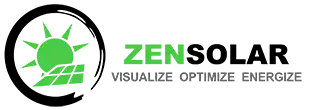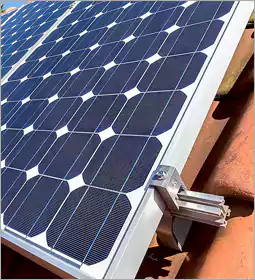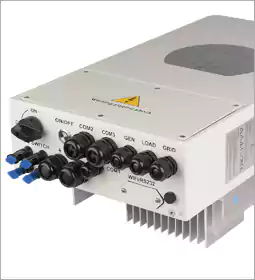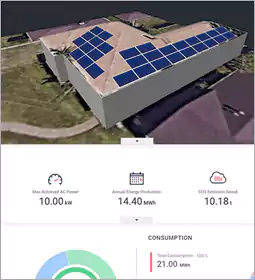Navigating the Solar System Installation Journey: Steps, Requirements, and More
Embarking on the journey of installing a solar energy system is an exciting endeavor for homeowners. It involves several important steps, requirements, and processes that ensure a safe and reliable installation. At ZenSolar, we take care of all the legal and regulatory aspects associated with the installation, so you can focus on enjoying the benefits of renewable energy.
Step 1: Site Evaluation
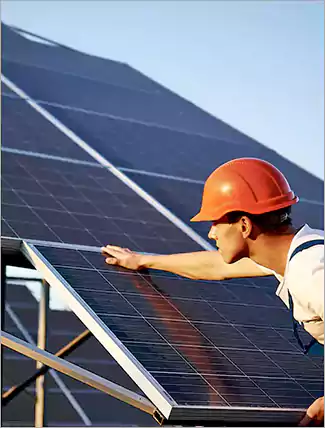
During the site evaluation, our professional installer visits your home to verify the planned system design. This serves as an assurance check to ensure that everything necessary for a smooth installation is in place. The installer examines the roof, attic, electrical setup, and battery placement if applicable. Any changes or adjustments needed to the initial plan are addressed at this stage.
Step 2: System Design Approval
Once the site evaluation is completed, the results are reviewed. If any changes were made to the original design, the homeowner has the opportunity to provide feedback or approve the final design before it is sent for permit approval. The design approval process covers not only the aesthetics but also the electrical work and expected system production.
Step 3: Permit Approval
Obtaining permit approval is crucial to ensure compliance with safety codes related to fire, electrical, and structural requirements. Our team prepares the necessary permitting documents, including the approved design, and submits them to the city for approval. The associated permit fees are already factored into the overall system costs.
Step 4: Installation
The installation phase typically takes one to two days, although it may take longer for larger projects or unexpected challenges. Our certified technicians, who adhere to SANS standards, carry out the installation with meticulous attention to detail. We use industry-grade equipment, such as weatherproof wiring, connectors, fuses, breakers, and peripherals, to ensure durability and longevity that exceeds industry standards. Safety is of utmost importance, and we strictly adhere to best practices and safety codes.
What's Installed?
The installation includes the "Big" items like solar panels, inverters, and batteries (for backup power storage). Additionally, we take care of the "Small" items, including solar cable, DC combiner box, fuse disconnect, roof mounting kit, and trunking. Our professional team handles all aspects of the labor involved, such as installation, DB wiring, and issuing a Certificate of Compliance (CoC).
Step 5: Final City Inspection
After the installation is complete, a city inspector conducts a final inspection to ensure that the work aligns with the permitted scope of work. This inspection guarantees that your solar system meets all necessary regulations and standards.
Step 6: Utility Connection
The final step involves commissioning your solar system to ensure it operates as designed. Our team assists in applying for utility connection, providing the necessary documentation, including the contract and scope of work. Once approved or granted Permission to Operate (PTO) by the utility company, you can turn on your system and start producing your own clean energy!
This multi-step process ensures that the solar industry operates in a regulated manner, prioritizing safety for individuals and utility companies alike. Installing solar not only enhances your home and grants grid independence but also contributes to a more sustainable environment. We are thrilled to be part of your solar journey, making a positive impact on both your energy consumption and the planet.
